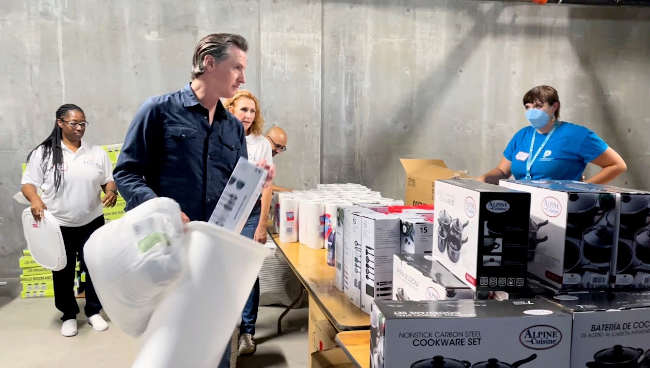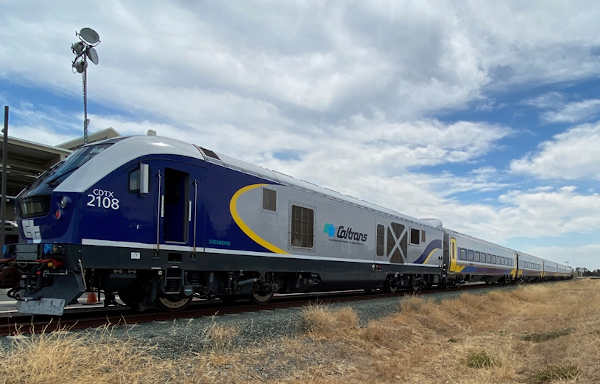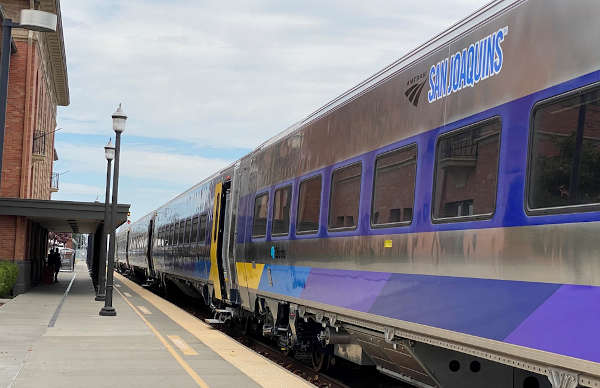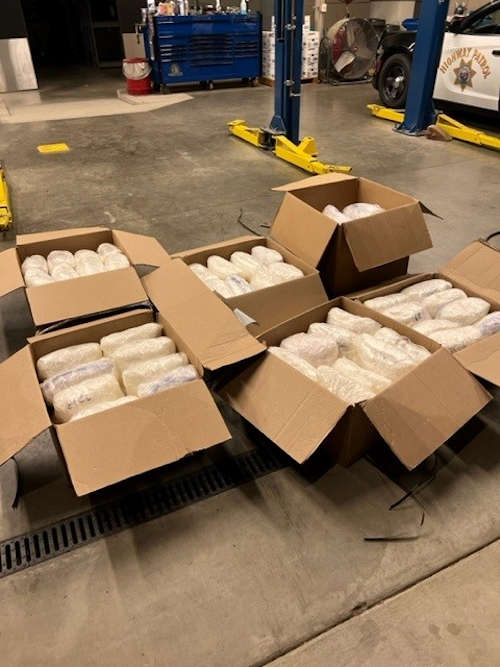- California Transportation Commission
- Posted On
California invests nearly $3 billion for transportation improvements
The allocation includes more than $452 million in funding from the federal Infrastructure Investment and Jobs Act of 2021 and more than $123 million in funding from Senate Bill 1, the Road Repair and Accountability Act of 2017.
“This allocation – which includes a significant federal investment – allows Caltrans and our local partners to continue building the equitable, sustainable, and safe transportation system on which future generations will depend,” said Caltrans Director Tony Tavares.
Projects approved this week include:
• Approximately $1.9 million toward roadway, guardrail and culvert repairs along Route 299 west of Three Creek Road near Willow Creek in Humboldt County.
• Approximately $1.1 million toward construction of a left turn lane at Timbers Boulevard, lighting and other roadway improvements along U.S. 101 near Smith River in Del Norte County.
• Approximately $2.6 million toward embankment, guardrail and drainage repairs along U.S. 101 from Water Plant Road to the East Hill Undercrossing near Willits in Mendocino County.
• Approximately $858,000 toward road and guardrail repairs along U.S. 101 from Shimmins Ridge Road to Old Sherwood Road near Willits in Mendocino County.
The CTC allocated more than $2.1 billion to Caltrans' Division of Local Assistance in its annual federal fiscal year investment.
These local assistance funds are used by more than 600 cities, counties and regional agencies throughout California to build and improve roads, bridges, tunnels and other transportation infrastructure, and for projects that enhance safety and help protect the environment.
Annually, more than 1,200 new projects are authorized through the Local Assistance Program.
SB 1 provides $5 billion in transportation funding annually that is shared equally between the state and local agencies.
Road projects progress through construction phases more quickly based on the availability of SB 1 funds, including projects that are partially funded by SB 1.
For more information about transportation projects funded by SB 1, visit http://www.rebuildingca.ca.gov/.












